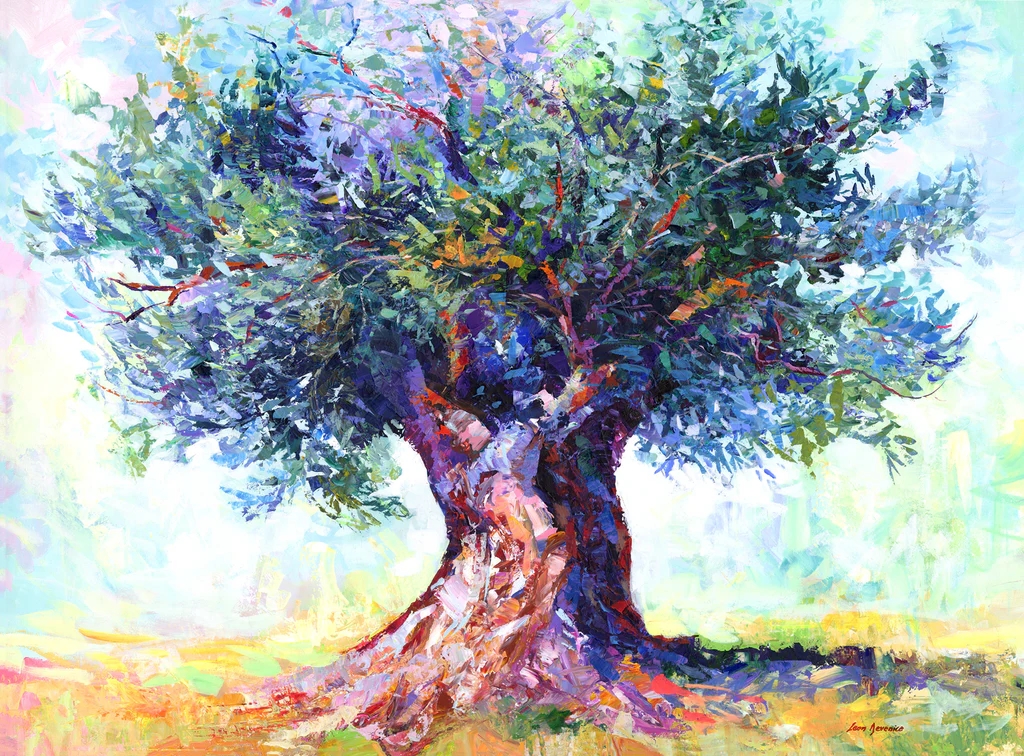
TAKE HOME – Those who interpret Zenos’ Allegory typically focus on how the scattering of the branches of the mother tree (the scattering of Israel, or the sprinkling of the nations, Is 52:15) blesses the Gentile world with “believing blood,” leavening the earth with righteousness. They argue that the allegory shows graphically how the covenant of Abraham is fulfilled that “in thy seed shall all of the nations of the earth be blessed” (Gen 22:18; Abr 2:10-12). While this is true, it’s also true that the allegory, and the history of Israel, tells just the opposite—not that the world is decaying and Israel must infuse itself into the world to save it, but that Israel (the mother tree) is decaying and dying, and it’s the world’s influence on Israel (the grafting into it of the wild branches) that saves the mother tree! For me, this is a vital message for us today, and one largely overlooked. It makes the allegory uncomfortable, and humbles us. We must not feel superior, but recognize that Zion can only be created when we see our sisters and brothers even as we are—and anxiously learn from each other. What we Latter-day Saints do have because of the Restoration that is unique and valuable is a perspective and a covenant mission—which together motivate us to spread the Gospel of Jesus Christ in the hopes of unifying the world and becoming one with humankind through the great “welding link” the prophet Joseph spoke of (D&C 128:18). We are aiming to bind the family of man back to God. And if we are going to succeed, we all need each other, and we must do as Jesus did, who “made himself of no reputation, and took upon him the form of a servant, and was made in the likeness of men” (Phil 2:7). It’s as Jesus taught, “by this shall all men know…if ye have love” (John 13:35). And so while one question we can ask as we read the parable is, “what can I offer those around me to whom I am “grafted” so they can produce good fruit, a better question might be, “what can I learn from those around me to whom I am bound, so I can produce good fruit?”
FUNNIEST QUOTE – Joseph Fielding Smith wrote, “When you read that chapter (Jacob 5) through, if you cannot say in your soul, ‘This is absolutely a revelation from God,’ then there is something wrong with you.” (JFieldS, Answers to Gospel Questions) 😂
THEME – Jacob introduces the theme in Jacob 4:12 & 17 as: (1) the Atonement of Jesus Christ. and (2) the Gathering of Israel & all humankind to their Redeemer. Yet the two are really one. They could be summed up as John 3:16. God loves us, and because he loves us, he created a plan that would unify us together with God and, in spite of our constant rejection of him (sin), help us yet develop into our divine potential (good fruit). And the fuel of that Plan is Jesus Christ (Master & Servant).
HOW THE ALLEGORY ALIGNS WITH THE PURPOSE OF THE BOOK OF MORMON – In three ways:
- It shows the remnant of the house of Israel “what great things the Lord hath done for their fathers (and will do for them)…that they are not cast off forever” (BofM Title page).
- It show us how much God loves us, all of us, despite our failings; and this is a fundamental purpose of the Book of Mormon, “for he is God over all the earth” (1 Ne 11:6: 3 Ne 11:14), brings his word “upon all the nations of the earth (2 Ne 29:7), and invites “all ye ends of the earth” to come unto him (2 Ne 26:25).
- The BofM is a testament of Jesus Christ, and Zenos’ allegory reveals something fundamental about the character of Jesus, as both the Master and the Servant tenderly ministers to the vineyard, considers the fruit precious, and pleads for the vineyard, even while the fruit is wild and unruly. He also shows up everywhere in the vineyard, not just to the mother tree (“other sheep I have…them also I must bring” 3 Ne 15:17).
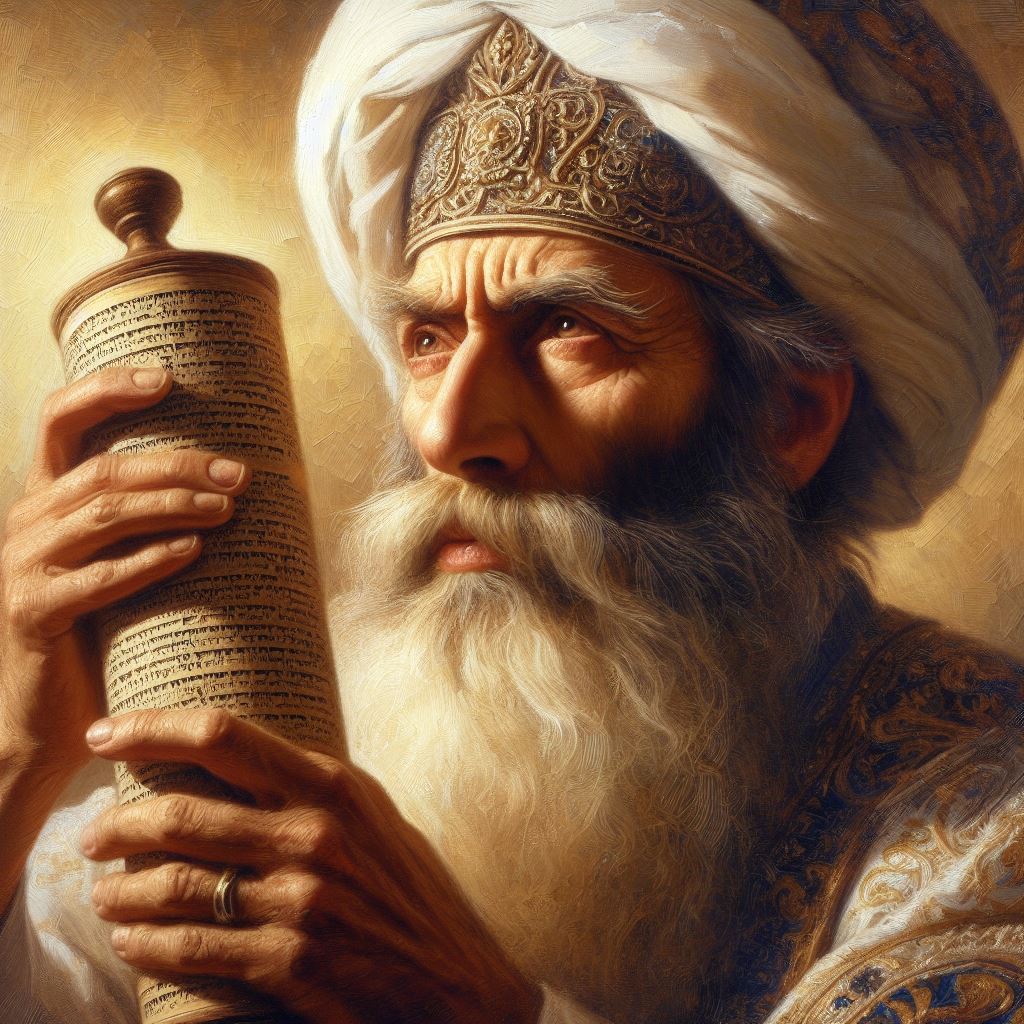
ZENOS’ BACKGROUND –We have more information from and about the prophet Zenos than any of the non-biblical prophets of the brass plates. His name is mentioned twelve times in the BofM, and he ranks with Isaiah, Moses, and Jacob as Old Testament prophets most frequently referred to in the book. He was slain for his testimony. The prophecies of Zenos are also quoted by Nephi (1 Nephi 19:10, 12, 16), Alma (Alma 33:3, 13, 15), Amulek (Alma 34:7), Samuel, the Lamanite (Helaman 15:11), and Mormon (3 Nephi 10:16). Zenos was probably of the tribe of Joseph, in which case he would be an ancient kinsman to the Nephites (3 Nephi 10:16). Paul may be citing Zenos in Romans 11. Assuming that Helaman 8:19-20 is a chronological listing of prophets who have testified of Christ, we could place Zenos somewhere between the time of Abraham (2000 B.C.) and Isaiah (740 B.C.). He prophesied of the death of Christ and the darkness that would be a sign to the house of Israel of his descent into the realm of the dead. Hugh Nibley suggested a parallel between Zenos and a Hebrew prophet names Zenez whose writings were discovered in 1906 (see BofM Central Article). Apostle Bruce R. McConkie once said, “I do not think I overstate the matter when I say that next to Isaiah himself . . . there was not a greater prophet in all Israel than Zenos.”
OLIVE CULTURE SYMBOLISM
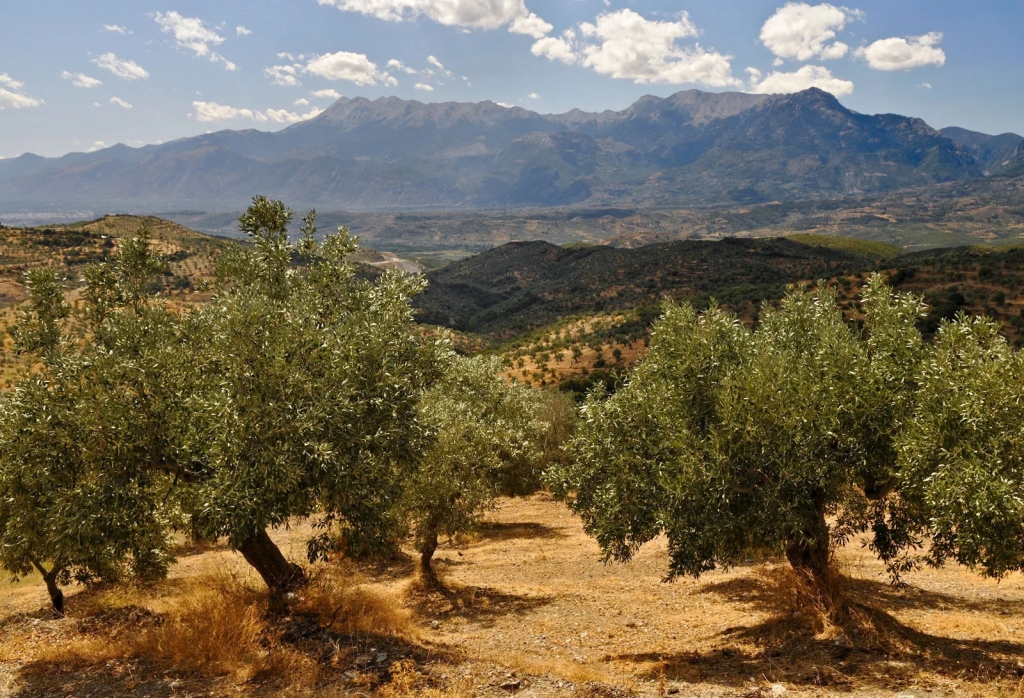
OLIVE TREE – (summary) One Jewish legend identifies it with the Tree of Life; it is evergreen, not deciduous (thus a symbol of life), does not seasonally fade nor fall (thus a symbol of hope), through scorching heat and winter cold it is continually rejuvenated; it produces much good fruit; it provides much needed shade; it needs the nourishment of the soil and sun; without cultivation the olives are wild, unruly, and easily corrupted; it yields fruit only after 8-10 yrs of long, patient cultivation. In other words, the olive tree cannot become productive in and of itself, but requires grafting by the husbandman to bring it into production; One remembers the figure used by Jesus to describe himself, his Father, and those that serve them: “I am the true vine, and my Father is the husbandman. Every branch in me that beareth not fruit he taketh away: and every branch that beareth fruit, he purgeth it, that it may bring forth more fruit. Now ye are clean through the word which I have spoken unto you.” (John 15:1–3) The word purgeth in Greek means ‘pruned,’ and in Greek verse 3 keeps the metaphor and says, “Now ye are pruned.” God is the husbandman and prunes off the wild branches of our spiritual lives if we will but submit to his tender care. Thus we become like the tame olive tree. New shoots often come forth from dead roots or those cut down (thus, while the tree itself may produce fruit for centuries, the root of the tree may go on producing fruit and new trees for millennia). It is believed that some of the ancient olive trees in Israel today come from trees that were ancient when Christ was alive on the earth. The root of the tree will send up shoots even after the tree is cut down. It is very difficult to kill an olive tree by cutting it down, because new sprouts are sent up from the root and all around the margins of the old stump, often forming a grove of 2 to 5 trunks, all from a single root, where originally was only one tree. It has long life through great travail (very gnarly tree); needs dry, rocky soil; can be grafted and in fact needs grafting to grow; their gnarled trunks give the impression of travail; they reflect both ancient and renewed life; last very, very long, some 1800 yrs old, almost ‘immortal’; the process of cultivation is hard and arduous. Moses called the promised land “a land of oil olive” (Deut 8:8). Olive-oil has always been one of the chief products of the country (Deut 8:8; Joel 1:10; Amos 4:9). Olives were eaten everywhere, either raw or pickled, after the bitter taste had been removed by allowing them to lie in brine. The wild olive, or oleaster (Rom 11:17), which is also referred to in the Old Testament but by a different name (1 Kgs 6:23, 31; Neh 8:15), must not be confused with the cultivated olive. This had short, broad leaves and thorny branches, and yielded an inferior quality of oil used only in the preparation of ointment. The wood, on the other hand, furnished good timber. The olive-tree, perennially green and always rejuvenating itself, was a favorite symbol of prosperity (Ps 52:8; 128:3; Jer 11:16), and the falling off of the leaves after a frost was typical of the early destruction of the wicked (Job 15:33). In case the tree lost its branches, wild olive branches were grafted on the cultivated stock (Rom11:17). For the Orientals olives and olive-oil are necessities, and the failure of the olive crop is a national calamity (Amos 4:9; Hab 3:17; cf. 2 Kgs 4:2)
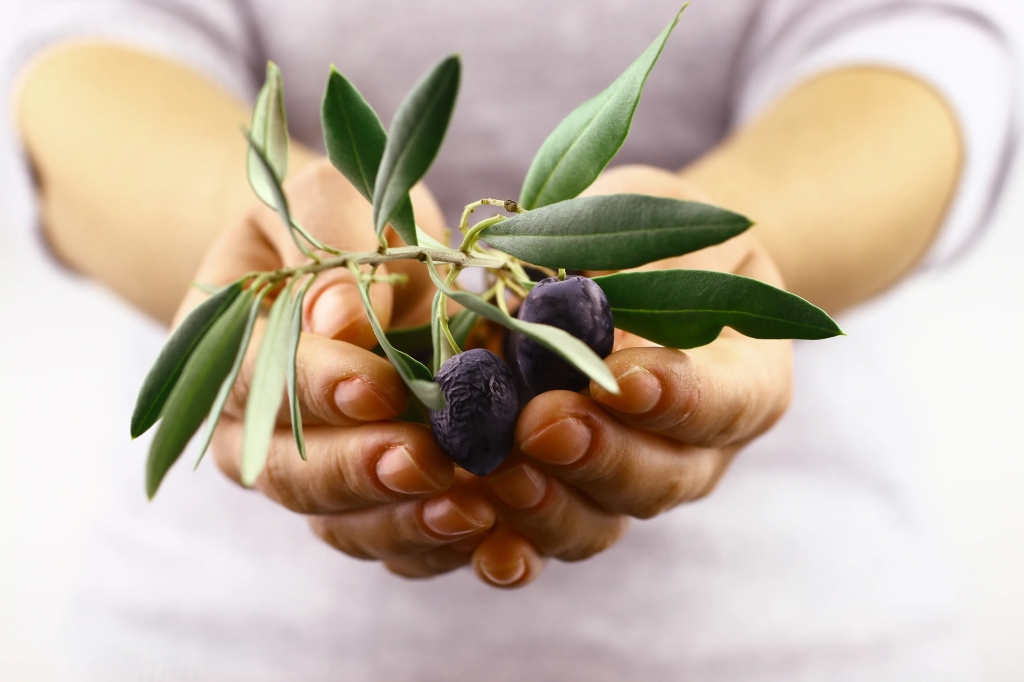
OLIVE BRANCH (LEAF) – Symbolizes peace (Noah’s Ark) because war, land rape, siege, etc. is not conducive to its growth. IN D&C 88, the olive branch is held out in token not just of peace but reconciliation, forgiveness, reunion, and oneness.
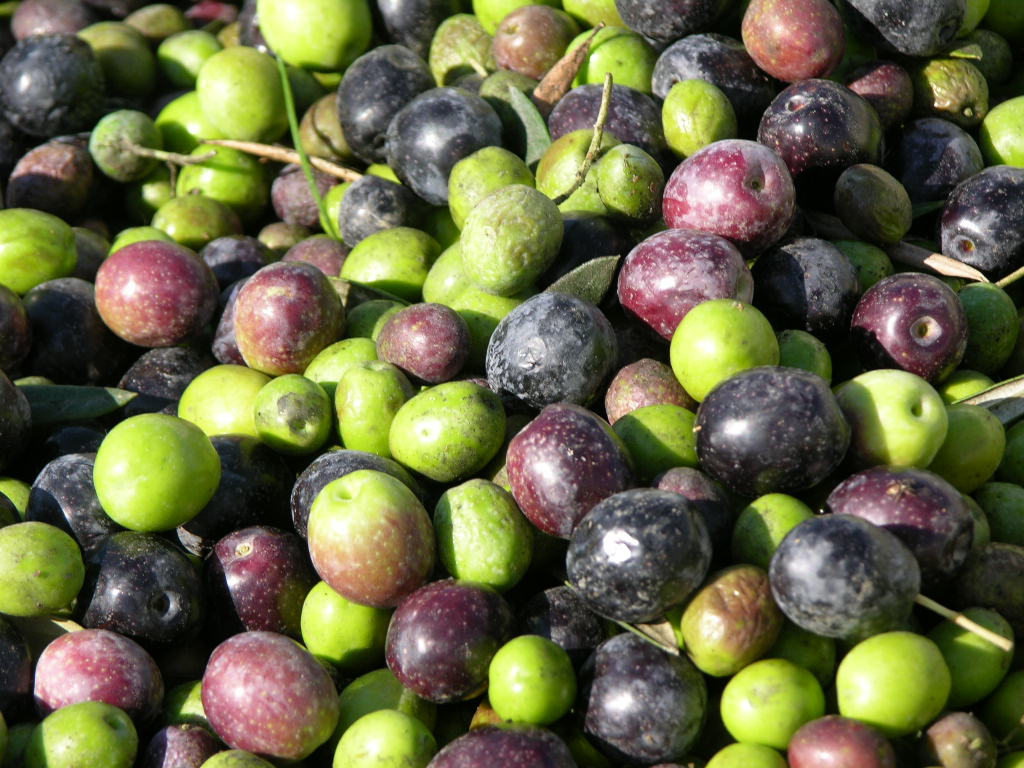
OLIVE FRUIT – very valuable, but not without preparation; requires great pressure to extract true value; useless at first (bitter), must be purged with purgatives like salt and vinegar to be useful; refined olives are a delicious staple food that graces the tables of the common and the rich; mash after crushing was used as household fuel; wild olives are a kind of reversion to the primitive plant—such as occurs also with the fig and the almond and it takes place whenever the growth of the olive is neglected. In most neglected olive groves numerous little bushes of the ‘wild olive’ may be seen, which, though very unlike the cultivated tree—having a shorter, smaller, and greener leaf and a stiffer, more prickly stem—are nevertheless derived from it. As a rule, the wild olive is but a shrub, but it may grow into a tree and have small but useless ‘berries.’ Where groves of wild olives are found in Palestine, they are probably always the descendants of cultivated trees long ago destroyed.

OLIVE PRESS – The device that crushes the olives to expunge the valuable oil. ‘Gethsemane’ means gath ‘oil’ + shemen ‘press.’ It was an olive garden. Thus, Zenos’ Allegory occurs in Geth-semane. As the olive is a symbol of healing, peace, light, and life; so it is a symbol for Christ—the Healer, the Prince of Peace, the Light & Life of the World. As the weight of all was pressed upon him, the healing ‘balm of Gilead’ was extracted from his soul. His atonement empowered him to pour oil over our wounds to heal us (Lk 10:34) and give us ‘the oil of joy for mourning’ (Is 61:3). As to olive extraction, at first the olives are bruised, then they are broken, and eventually the weight of the stone turns the olives into a gray-green mash from which oozes the oil (sometimes pulled by ox or horses encouraged by a stinging whip). Sometimes the mash is transferred into burlap sacks and tied off tightly. The bags are placed on a second type of press, this one having a large stone attached to a lever. The stone is lowered onto the bags of olive mash, and immense pressure is applied by turning the lever. Soon the oil begins to ooze from the olives and out through the pores of the bag. The first thing to appear is a bright red juice, which is followed by the clear-colored olive oil. The olive trees in the Garden today are gnarled and twisted, as if bearing witness of the agony that took place there for us. (Marsh)
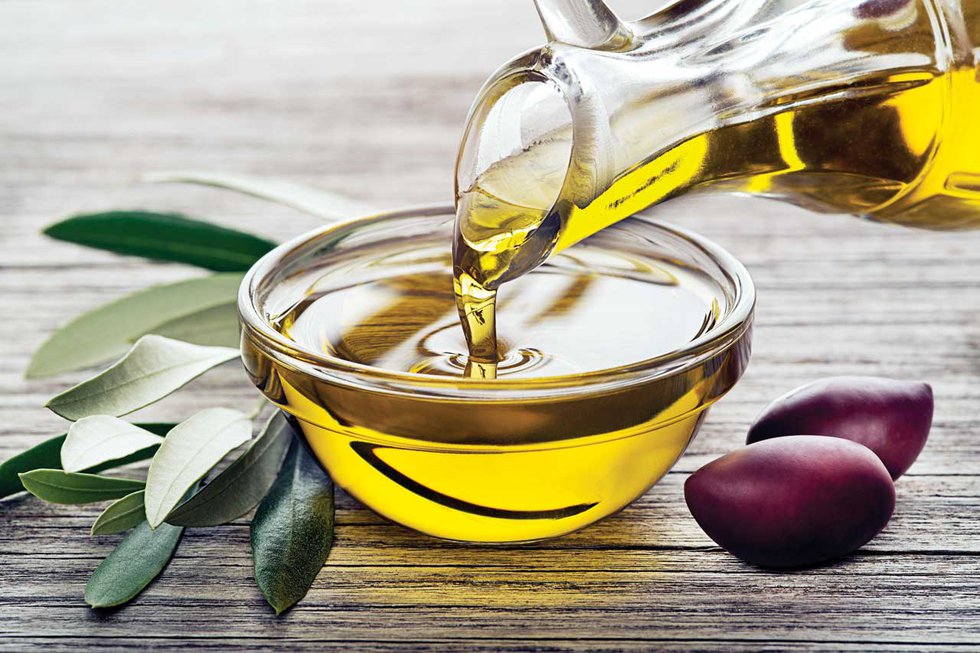
OLIVE OIL – Used both internally and externally; cooking oil; condiment; heating; light (lamps); universal antidote for more poisons than any other single substance; salve/ointment; cleansing agent (good Samaritan); token of forgiveness (Heb 1:9); ultimately, it becomes a symbol then for the HG (D&C 45:56-57), and the blood of Christ or his Atonement. Also, the image of pouring oil on troubled waters suggests peace and calm, healing, etc. In the Allegory of Zenos, it can be the ‘moisture’ that a branch must tap into to be fruitful, and that a fruit must tap into to be good (and not ‘quench the Holy Spirit,’ Jacob 6:8).
Importantly, all of these—Tree, Fruit, Branch, Press, & Oil—represent Jesus Christ.

So here we go. First of all, this olive culture should be mentioned because this is good as any indication of the reliability of the Book of Mormon. Nobody knew much about that then. Zenos’ treatise on ancient olive culture, Jacob 5 -6, is accurate in every detail… It’s the source of life for the Mediterranean people—cooking, light, heat…it’s nourishing in its own right. They didn’t have soap. Soap was invented by the Saxons, so they always rubbed oil all over themselves and then scraped it off. That was the way to clean your pores, etc. They used it for everything. I grew up amid hundreds of acres of olives. Our house was right in the middle of an olive grove. They were harvested and made very high quality olives, but they had to be treated like this. Olive trees do have to be pruned and cultivated diligently. The top branches, as Jacob tells us, are the first to whither. The new shoots do come right out of the trunk. The olive is indeed the most plastic of trees, surpassing even the willow in its power to survive the most drastic whacking and burning. After a city had been destroyed, the one thing that would survive would be the olive trees. They could start life again as long as the olive was there. A good olive tree is greatly cherished. Notice he cherishes them and weeps about olive trees. A tree can be just like a pet because the quality of one olive tree isn’t the same as another. When you have a good one you stick to it and do anything to keep it from dying out, deteriorating, and withering. No end of pains are taken to preserve, even through many centuries. Really superior fruit is very rare and difficult to obtain and perpetuate. The ancient way of strengthening the old trees, especially in Greece, was to graft in the shoots of the oleaster, which was the wild olive…Also shoots from valuable old trees are transplanted. Another thing is that it will not only grow up just like that if you whack it off, but also it is the easiest tree in the world to graft. You just have to stick a branch into it and it’s growing. It’s an amazing tree. Too much grafting produces a nondescript and cluttered yield of fruit, as we find in Jacob’s story. The top branches, if allowed to grow up—as in Spain and France where they plant them along the road and use them for shade among other things-while producing a good shade tree (they form that way) will indeed sap the strength of the tree and give a poor crop. Fertilizing with dung is very important (he uses that word dung a number of times here) in spite of the preference for rocky ground, and has been practiced since ancient times. You notice, to the master’s surprise, in the poorest ground it grows very well. The thing to be most guarded against is the bitterness of the fruit. That’s why you soak it in brine for so long. All of these points, taken from a treatise on ancient olive culture, are duly, though quite casually, noted in Zenos’s Parable of the Olive Tree.
Hugh Nibley, Teachings of the BofM
SYMBOLISM CATEGORIES (great for discussion! 🙂)
| TREES | TREES DOINGS | ACTORS | ACTORS DOINGS |
| tame olive tree | growing, waxing old | Master/Lord | nourishing |
| young & tender branches | decaying and perishing | servant | digging about |
| mother tree | cumbering the ground | a few other servants | dunging |
| main top | overrunning the roots | pruning/ plucking off | |
| natural branches | bringing forth much fruit | PLACES | burning, casting into fire |
| root of the main tree | becoming corrupt | vineyard | grafting |
| moisture of the root | withering away | away (up) | planting branches (23) |
| transplanted branches | growing faster than roots | let us ‘go down’ | cutting down trees |
| wild olive tree | taking strength | nethermost spot | grieving |
| grafted branches | good overcoming evil | poorest spot | laboring long, caring for |
| many other trees | thriving exceedingly | poorer than poorest spot | sparing |
| good, tame, natural fruit | good spot | balancing root and top | |
| bad, wild, bitter fruit | preserving | ||
| equal fruit | laying up fruit | ||
| obeying | |||
| rejoicing |
APPLICATIONS OF KEY SYMBOLS
| ELEMENTS/ACTIONS | APPLICATIONS |
| Grafting | Receiving fulness of gospel & Coming to know true Messiah (1 Ne 10:14; 15:13-16) |
| Tame olive tree | Israel (Jacob 5:3; 1 Ne 10:12) |
| Wild olive tree | Gentiles (Rom 11:11-25) |
| Roots of olive tree | Blood of Israel in Gentiles |
| Vineyard | World (Jacob 5:77; 6:2-3) |
| Master | Christ (DC 33, Mt 23, Rev 22) |
| Servant | Prophets (Amos 3:7) |
| Branches of mother | Scattered Israel, Judah, Lehites |
| Branches of wild | Gentile nations |
| Planted in God’s vineyard | Membership in God’s church |
| Olive trees grow slowly | Spiritual growth is slow |
| Without care olives grow wild | We must remain faithful |
| Each tree needs particular care | Lord knows us individually |
| Even trees in good soil go wild | Use blessings properly |
| Branches should balance roots | Grow patiently and deeply |
| Olive trees like dry, rocky soil | Adversity can be a blessing |
| Strong roots support the stock | Keep spiritual roots strong |
| Branches should not be lofty | Avoid pride |
| Pruning is necessary | Repent regularly |
| Branches needs light to grow | Keep light of Christ in all |
| Prunings not cumber ground | Completely remove evil |
| Grafting preserves the stock | Draw strength from others |
| dunging is necessary | Study, ponder, & pray |
| Olive oil is very valuable | The worth of souls is great |
| Pressure needed to extract oil | Attaining purity takes work |
| What could I have done more? | God does all he can for us |
| It grieveth me to lose this tree | God loves his children |
| Spare it a little longer | The Lord is patient with us |
BREAKDOWN – 7 TIME PERIODS
- 1-3 Founding and growth of the House of Israel, from Jacob himself to the end of the prophets (1800-400 BC, Rom 11)
- 4-14 Scattering of Israel (720 BC – 0 AD)
- 15-28 Early-day Saints at the time of Christ
- 29-49 Great Apostasy
- 50-74 Gathering of Israel
- 75-76 Millennium
- 77 End of World
There are four visits from the Master (1-5, 16-28, 29-74, 75-77). In Hebrew gematria, the number 4 represents geographic totality, as in the “four corners of the earth.” The sense conveyed is that God visits all of his children, everywhere.
Know ye not that there are more nations than one? Know ye not that I, the Lord your God, have created all men, and that I remember those who are upon the isles of the sea; and that I rule in the heavens above and in the earth beneath; and I bring forth my word unto the children of men, yea, even upon all the nations of the earth?
2 Ne 29:7
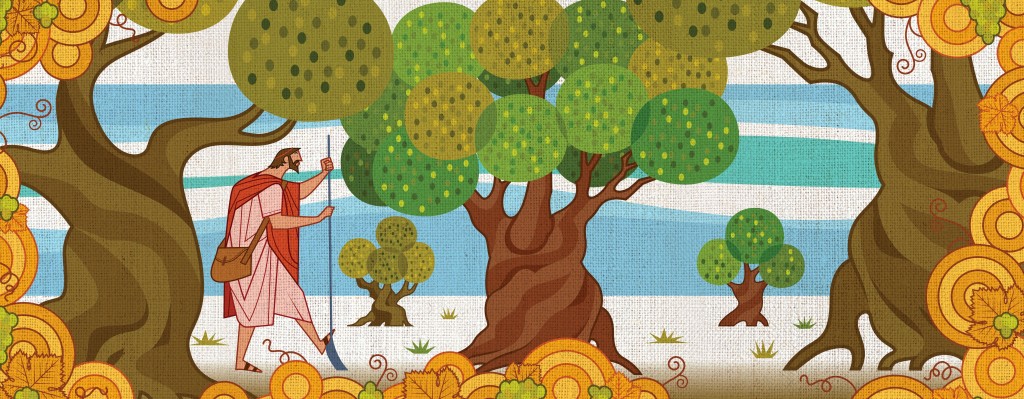
Finally, while it’s important to see how the allegory reflects historical time periods, it’s far more important to see how the allegory displays the Lord’s constant and abiding love and his carefully laid plans to redeem his children. Seeing a historical framework is useful, but discovering what the allegory teaches about how God tenderly and indefatigably cares for us is life-giving.
Okay, with that introduction, let’s jump into the text! (he he)